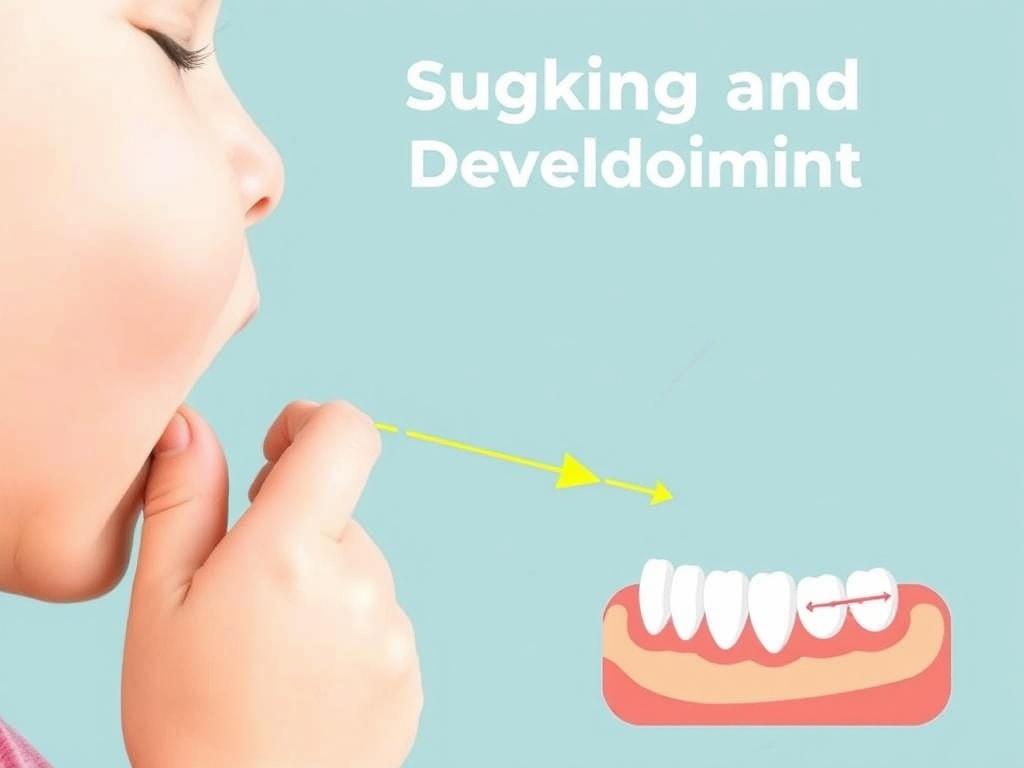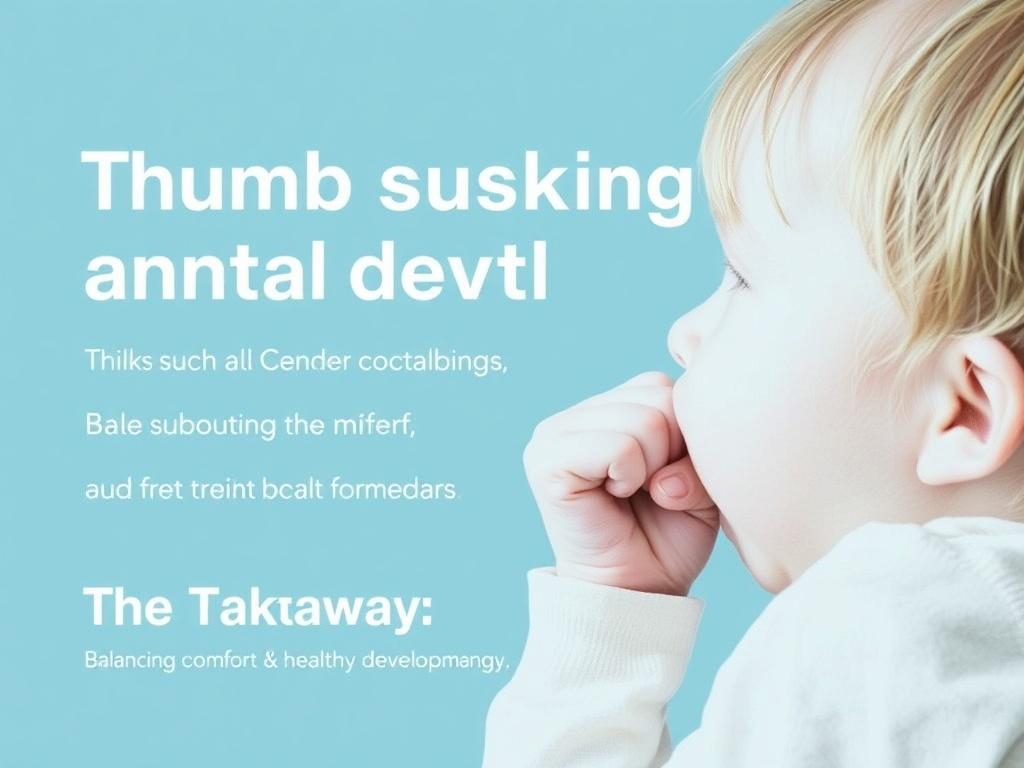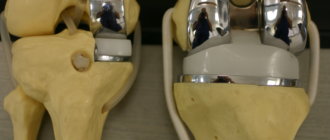Thumb sucking is an age-old habit most of us are familiar with, whether from our own childhood or from watching little ones around us. It’s a natural reflex for babies and young children—a source of comfort and security. But when it comes to dental development, thumb sucking raises a lot of questions and concerns among parents and caregivers. How does this simple habit influence the way teeth grow? When does it become a problem? And most importantly, how can we help children overcome it without stress?
In this article, we’ll explore thumb sucking and dental development in depth. We’ll unpack the science behind the habit, examine the potential effects on oral health, and uncover practical, gentle strategies for managing this behavior. Whether you’re a parent, teacher, or just curious about dental health, this guide will help you understand the complexities involved and empower you to support a child’s healthy smile.
Содержание
- 1 Why Do Children Suck Their Thumbs?
- 2 What Happens During Dental Development?
- 3 How Thumb Sucking Affects Dental Development
- 4 When to Intervene: Helping Children Break the Thumb Sucking Habit
- 5 Understanding Emotional Needs Behind Thumb Sucking
- 6 The Long-Term Outlook: Will Dental Problems Fix Themselves?
- 7 Frequently Asked Questions About Thumb Sucking and Dental Development
- 8 Tips for Promoting Healthy Dental Habits in Young Children
- 9 The Takeaway: Balancing Comfort and Healthy Development
- 10 Conclusion
Why Do Children Suck Their Thumbs?
Thumb sucking is one of the most common self-soothing behaviors in infancy and early childhood. From the moment babies are born, sucking is a natural reflex—it’s how they feed and experience comfort. For infants, thumb sucking isn’t “just a habit”; it’s a way to calm themselves during moments of distress, boredom, or tiredness.
As toddlers grow, thumb sucking becomes more about emotional comfort and security. It’s often a coping mechanism during changes such as starting preschool, visiting the doctor, or dealing with new experiences. Many children grow out of thumb sucking naturally between the ages of 2 and 4, but some continue the habit longer, potentially leading to dental concerns.
How Thumb Sucking Develops Over Time
It’s helpful to understand the typical timeline of thumb sucking:
- Infancy (0–12 months): Sucking is mostly reflexive and tied to feeding and comfort.
- Early toddlerhood (1–3 years): Sucking becomes a self-soothing habit, often related to emotional needs.
- Preschool age (3–5 years): Many children begin to stop thumb sucking as they develop other coping skills.
- After 5 years: Continued thumb sucking is less common, and if it persists, it may impact dental development.
Understanding when thumb sucking is considered normal helps parents stay calm and supportive while also being alert to any potential issues coming down the road.
What Happens During Dental Development?

Dental development isn’t just about teeth popping out — it’s a fascinating process where the jaw, gums, and teeth work together to create the foundation for a healthy smile. Children’s mouths go through several stages: primary (baby) teeth coming in, jaw growth, the eventual loss of baby teeth, and the eruption of adult teeth.
During these stages, the position and movement of the tongue, lips, and cheeks contribute to shaping the mouth’s growth. Any prolonged pressure or unusual forces, like those from persistent thumb sucking, can influence how the teeth line up and may affect jaw development.
The Role of Primary Teeth and Jaw Growth
Primary teeth are vital because they serve as placeholders for permanent teeth. Healthy alignment of baby teeth often encourages proper positioning of adult teeth. However, certain habits during formative years can change how teeth come in or sit in the mouth.
Jaw growth is most active during early childhood. Positive forces, such as regular chewing and natural mouth movements, support this development. On the other hand, repetitive thumb sucking can apply pressure to the teeth and gums, sometimes interfering with normal jaw growth patterns.
How Thumb Sucking Affects Dental Development

The relationship between thumb sucking and dental development can be complex. Not all children who suck their thumbs will have dental problems, but concerns usually arise when the habit persists beyond the age of 4 or 5, especially if the thumb is pressing hard on the teeth and roof of the mouth.
The key dental issues associated with prolonged thumb sucking include:
| Dental Impact | Description |
|---|---|
| Open Bite | Front teeth don’t come together when the mouth is closed, creating a gap that affects chewing and speech. |
| Overjet | Upper front teeth protrude outward, sometimes called “buck teeth.” |
| Misalignment of Teeth | Thumb sucking may cause shifts in tooth position, leading to crooked teeth or crowding. |
| Changes to Palate Shape | The roof of the mouth (palate) may become narrower and higher, which can affect tongue placement and breathing. |
It’s important to note the degree of impact often depends on how often and how forcefully a child sucks their thumb. Occasional thumb sucking tends to have minimal or no lasting effects, but constant, intense sucking increases the risk of dental changes.
Signs You Should Watch For
Parents and caregivers should be observant for possible signs of dental impact, including:
- The child’s front teeth seem pushed forward or don’t touch together.
- Difficulty closing lips comfortably.
- Speech problems like lisping.
- Noticeable changes in the shape of the mouth or palate.
If you notice these signs, it’s a good idea to consult a pediatric dentist who can evaluate dental development and suggest possible interventions.
When to Intervene: Helping Children Break the Thumb Sucking Habit
Encouraging a child to stop thumb sucking isn’t always straightforward. Since it often provides emotional comfort, sudden prohibition can be distressing or increase anxiety. That’s why understanding the right time to intervene and the best approaches is crucial.
Acceptable Age for Thumb Sucking
Most dentists agree that thumb sucking up to about age 3 is generally not harmful to dental development. Many children give up the habit on their own between ages 2 and 4 as they explore other coping mechanisms. Intervention is usually recommended if the habit persists past age 4 or 5, particularly if there are signs of dental impact.
Strategies to Help Children Stop Thumb Sucking
Parents and caregivers can use several gentle techniques to support habit-breaking. Here are some of the most effective approaches:
- Positive Reinforcement: Praise and rewards for not sucking the thumb can encourage children. Use sticker charts or small incentives to celebrate progress.
- Identify Triggers: Help the child become aware of when they most often suck their thumb—boredom, tiredness, or stress—and offer alternatives like a favorite toy, blanket, or deep breathing exercises.
- Substitute Comfort Objects: Introducing a stuffed animal or blanket can give the child a new way to feel secure.
- Limit Access: Cover thumbs with gloves at night, or apply bitter-tasting but safe topical solutions recommended by dentists to deter thumb sucking.
- Consistent but Gentle Reminders: Without nagging, calmly remind the child when you notice thumb sucking, offering encouragement to stop.
Professional Help and Dental Appliances
If the habit is persistent or causing dental issues, consulting a pediatric dentist or orthodontist is a smart move. In some cases, specially designed dental appliances like palatal cribs or thumb guards can be fitted to physically prevent thumb sucking. These devices are usually a last resort and are combined with behavioral strategies to ensure success.
Understanding Emotional Needs Behind Thumb Sucking
It’s easy to focus solely on the dental effects of thumb sucking, but this habit is often deeply tied to emotional wellbeing. Children suck their thumbs for comfort, reassurance, or to self-soothe during times of stress or change.
If a child who sucks their thumb is experiencing anxiety, fear, or trauma, cracking down solely on the behavior may be counterproductive. Addressing the underlying emotional needs, providing security, and ensuring a calm, supportive environment are equally important factors in helping children let go of the habit.
Supportive Parenting Tips
- Stay patient and avoid punishment—negative responses can increase anxiety and thumb sucking.
- Provide plenty of physical affection and verbal reassurance.
- Establish consistent routines and rituals, such as bedtime stories, which offer comfort.
- Encourage other soothing activities, like drawing, playing outside, or sensory toys.
This nurturing approach not only helps address thumb sucking but promotes overall emotional resilience and healthy development.
The Long-Term Outlook: Will Dental Problems Fix Themselves?
In many cases, if thumb sucking stops before permanent teeth erupt (typically around ages 6–7), any minor dental misalignments can correct themselves as the mouth continues to grow and develop. The natural growth of the jaw and teeth often realigns knocked-out-of-place baby teeth or corrects minor bite issues.
However, if thumb sucking continues beyond this point, orthodontic treatment may be necessary to fix more significant problems such as severe open bite or overjet. Braces, retainers, or other dental appliances could be required to ensure proper bite and function during adolescence.
This underscores the importance of early recognition and management of thumb sucking to minimize or avoid costly and complex treatments later.
Frequently Asked Questions About Thumb Sucking and Dental Development
| Question | Answer |
|---|---|
| Is thumb sucking safe for babies? | Yes, for infants, thumb sucking is a normal reflex and offers comfort without dental concerns. |
| At what age should I worry about thumb sucking affecting teeth? | Concerns usually arise if thumb sucking continues past age 4 or 5, especially with frequent and forceful sucking. |
| Can thumb sucking cause speech problems? | Prolonged thumb sucking can contribute to dental malformations that may impact speech clarity, such as lisping. |
| How can I help my child stop thumb sucking without causing stress? | Use gentle encouragement, positive reinforcement, substitution, and address emotional needs. Avoid punishment and nagging. |
| Will dental problems from thumb sucking fix themselves? | If thumb sucking stops early, many minor issues can self-correct. Persistent habits may require orthodontic care. |
Tips for Promoting Healthy Dental Habits in Young Children
Preventing dental problems linked to thumb sucking is just one part of guiding children toward good oral health. Here are some broader habits to encourage:
- Introduce brushing teeth twice a day with child-friendly toothpaste.
- Limit sugary snacks and drinks, which impact teeth decay risk.
- Schedule regular dental visits starting by a child’s first birthday.
- Encourage drinking water, especially fluoridated water, to strengthen teeth.
- Teach children about the importance of oral hygiene in fun, engaging ways.
Fostering these habits alongside managing thumb sucking can lay the groundwork for strong, healthy teeth and a lifetime of confident smiles.
The Takeaway: Balancing Comfort and Healthy Development

Thumb sucking is a natural and common habit that most children outgrow without lasting dental issues. The key concerns arise when the habit is frequent, intense, and prolonged beyond early childhood, potentially affecting dental development by causing malocclusions such as open bite and overjet or altering palate shape.
Parents and caregivers play an essential role in helping children transition away from thumb sucking through compassionate understanding, positive reinforcement, and addressing emotional needs. Dental professionals can offer additional support and intervention when needed, especially if signs of malalignment appear.
Overall, maintaining a gentle approach that respects the child’s comfort while monitoring dental development helps ensure that children grow up with healthy teeth and smiles—without unnecessary stress.
Conclusion
Thumb sucking and dental development are closely intertwined yet navigable aspects of childhood growth. While it’s a comforting behavior with many emotional benefits for young children, prolonged thumb sucking can impact the formation and alignment of teeth and jaws. Staying informed about typical thumb sucking patterns, recognizing when the habit may affect dental health, and providing warm, patient encouragement to stop are all critical steps parents and caregivers can take. Ultimately, balancing the emotional needs behind thumb sucking with timely dental guidance supports children in developing healthy dental structures and emotional resilience. With the right knowledge and approach, thumb sucking need not be a source of lasting worry, but rather a manageable phase on the path to a confident, bright smile.






